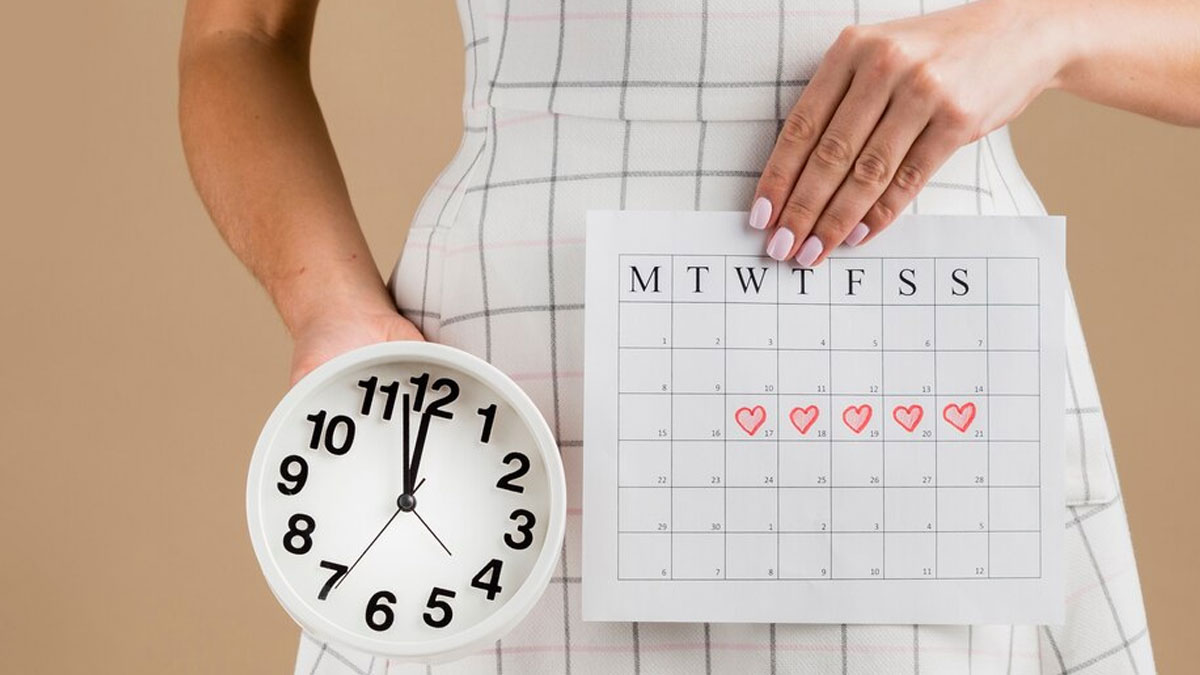
A missed period is a classic sign of pregnancy, as menstruation typically stops during this time. While some pregnant women may experience light bleeding, it's generally not associated with their menstrual cycle. After childbirth, menstruation doesn't resume immediately, as the body undergoes significant hormonal shifts. The return of periods postpartum may vary among women, depending on various factors. So when exactly do periods return after childbirth? In an interaction with the OnlyMyHealth team, Dr Kavita Kovi, Head of Department - Obstetrics and Gynaecology, Aster Women and Children Hospital, Bengaluru, helps answer the same.
Table of Content:-
Also Read: Menstrual Health After Childbirth: Expert Insights And Tips For Managing Postpartum Periods
How Long Does It Take For Your Period To Return After Childbirth?

“Women have different menstrual cycles after childbirth,” says Dr Kovi.
She highlights that, in the case of non-nursing women, it usually takes between six and twelve weeks after giving birth for their periods to return.
However, when a mother is breastfeeding, it may take anywhere from a few months to over a year before her menstruation starts again, based on how they do it, she adds.
Factors That Affect Menstruation Postpartum

Interestingly, several factors determine how soon menses come back after delivery, including breastfeeding patterns (frequency and exclusivity), individual hormonal levels, body weight, general health status, and stress.
Women who exclusively breastfeed tend to experience a longer delay in the return of their periods compared to those who mix-feed or do not breastfeed at all, according to Dr Kovi. This is because certain hormones suppress ovulation by facilitating milk production and, therefore, cause the prolonged absence of menses in lactating mothers.
As such, if a woman is breastfeeding exclusively with high frequency, she may have no period until about 6–12 months, the doctor reiterates.
Is It Period Or Postpartum Bleeding?
After childbirth, when you have your first period, there is a high chance that you may confuse it with pregnancy-related issues due to overlapping symptoms. To distinguish between the two, here are a few things to consider:
- Postpartum bleeding, known as lochia, occurs in the weeks following delivery and is not the same as a menstrual period.
- It is a normal part of the healing process as the uterus sheds its lining and gradually reduces in size.
- Menstruation may return within weeks to months, depending on individual factors.
- Lochia is typically lighter in colour and can be watery or white in appearance.
Also Read: Postpartum Haemorrhage: Expert Lists The Risk Factors And Effects of Blood Loss From Delivery
What To Expect?

Regardless of when your periods resume, do not expect them to follow a predictable menstrual cycle pattern.
Dr Kovi says, “The first cycle after delivery can be irregularly timed. Hormonal changes and the adjustment of body systems to the new pregnancy baseline cause variations in cycle length, flow, and symptoms. It may take a few cycles before menses resumes with regularity again.”
In fact, according to the UT Southwestern Medical Center, it can take up to a year for periods to become regular again.
It is also important to note that the initial postnatal period can be characterised by heavy flow and severe cramps in many women, but it may also be lighter and comprise various symptoms like fatigue or mood changes.
In general, it takes several cycles for the menstrual flow and symptoms to normalise, concludes Dr Kovi.
Also watch this video
How we keep this article up to date:
We work with experts and keep a close eye on the latest in health and wellness. Whenever there is a new research or helpful information, we update our articles with accurate and useful advice.
Current Version
